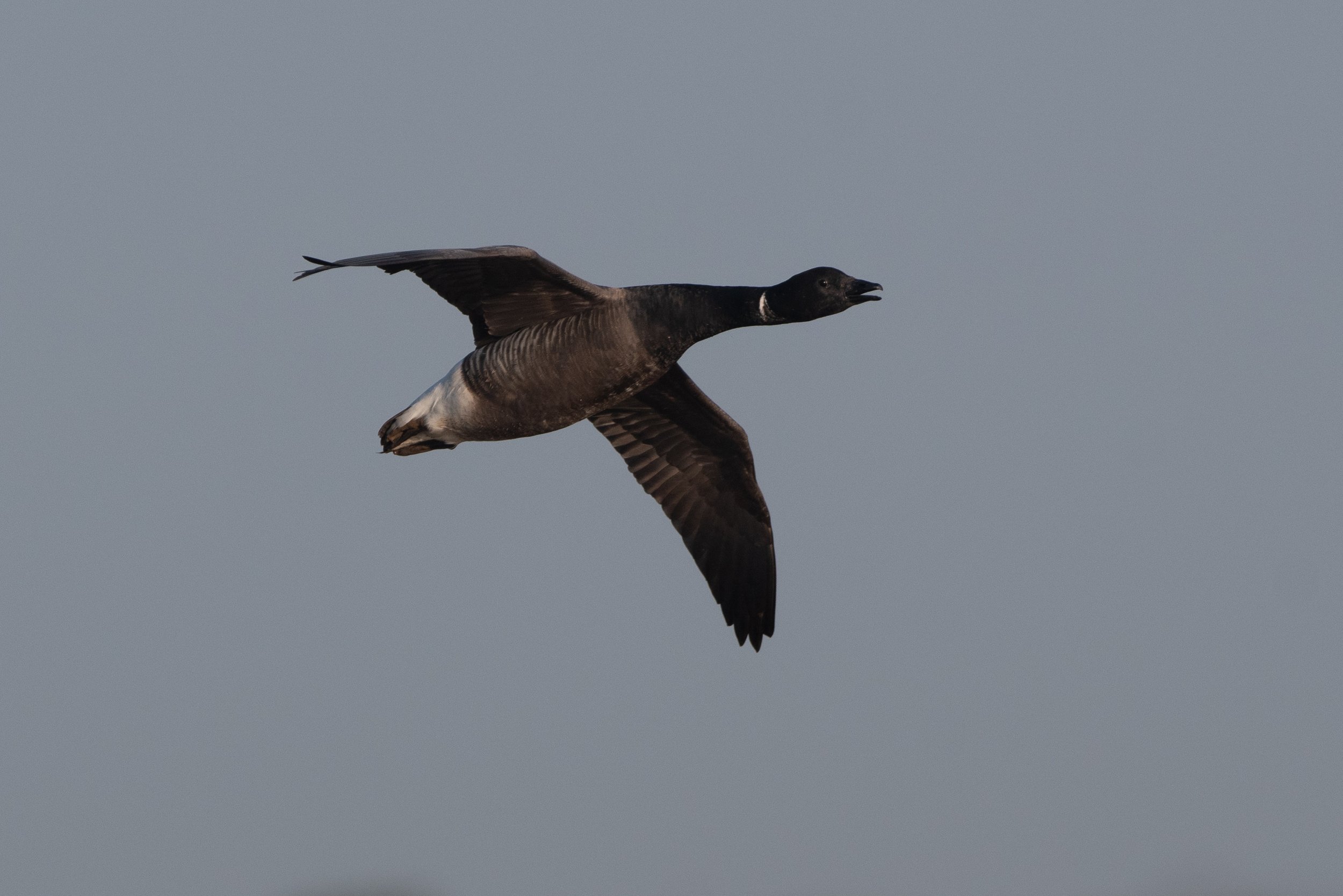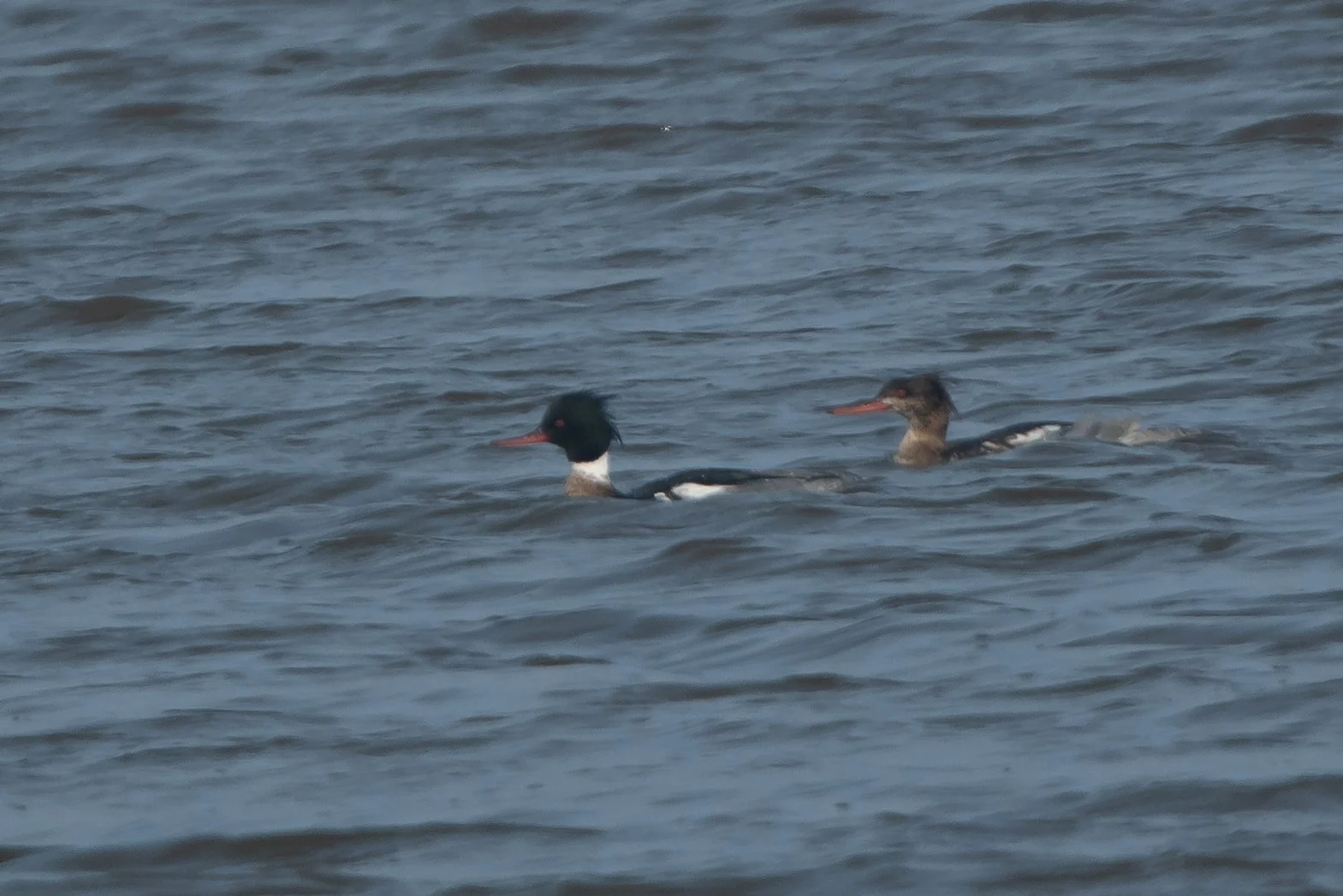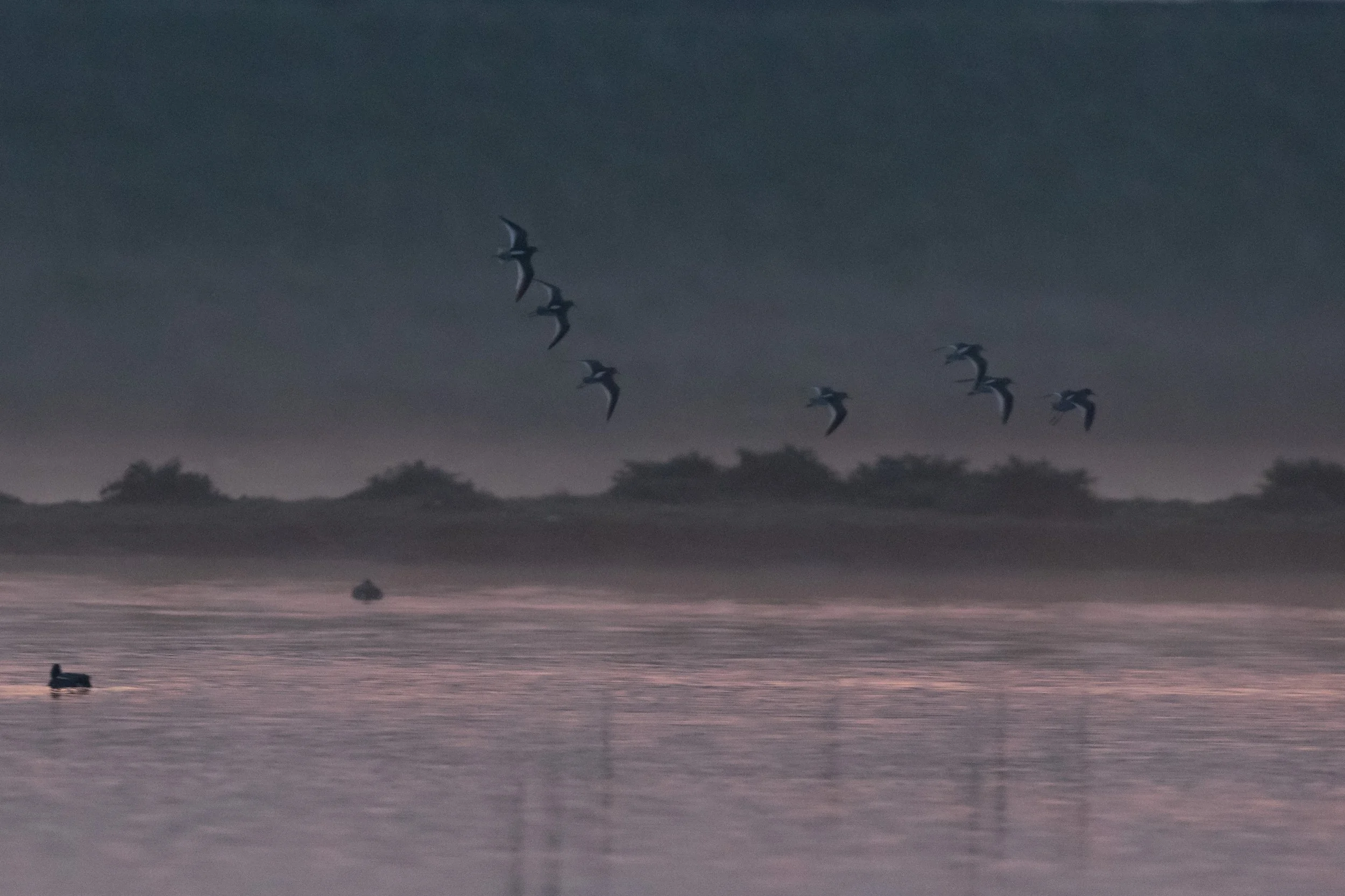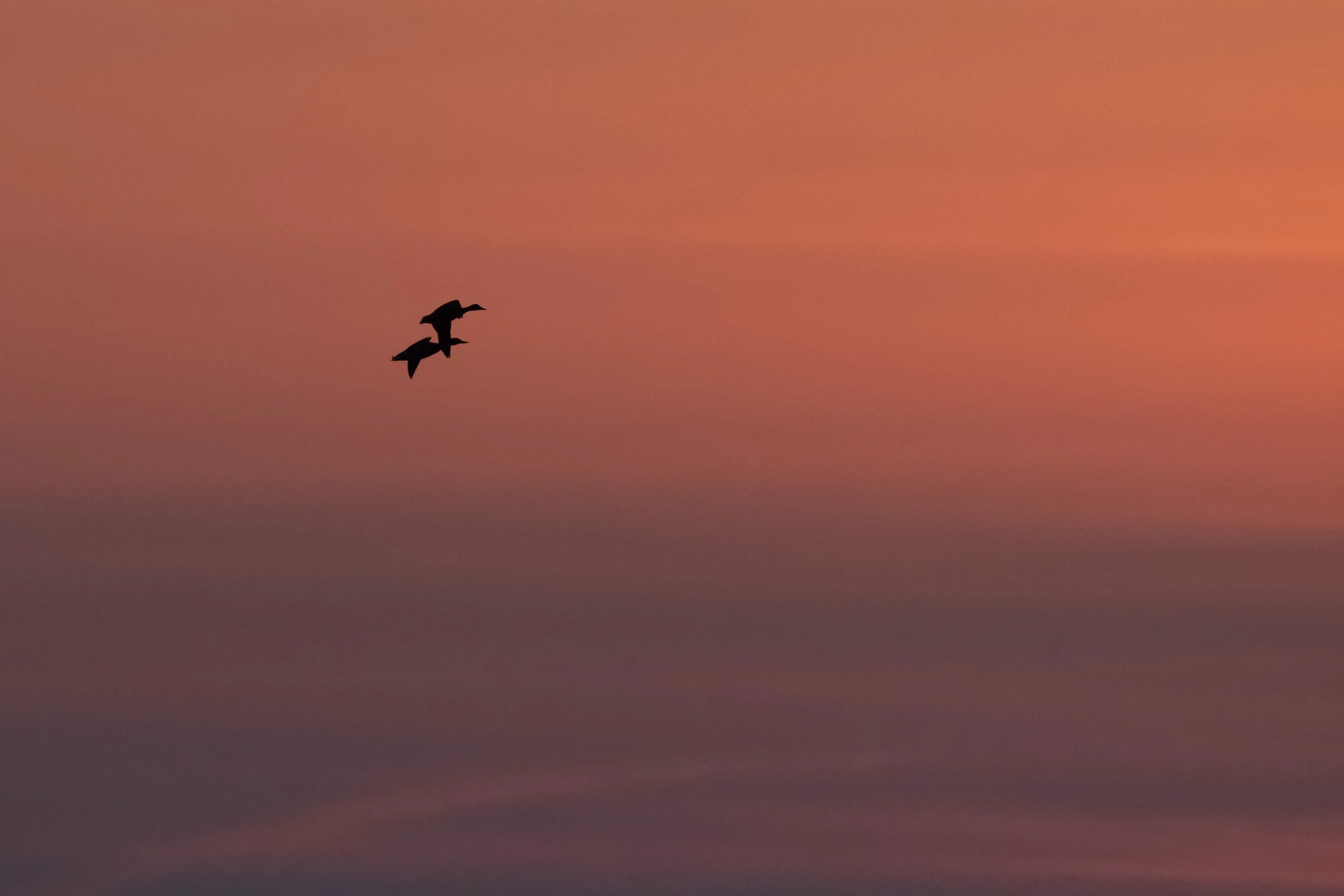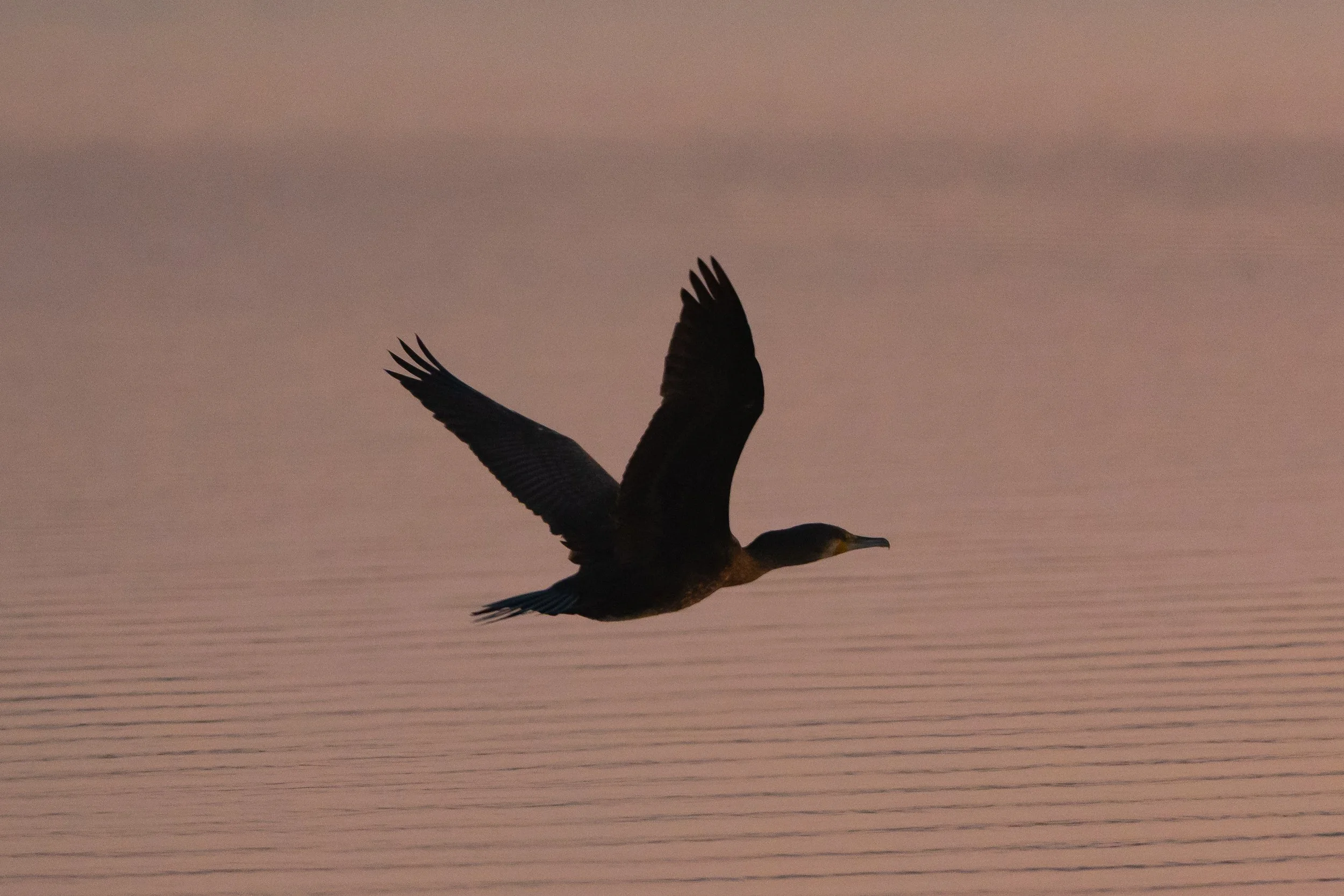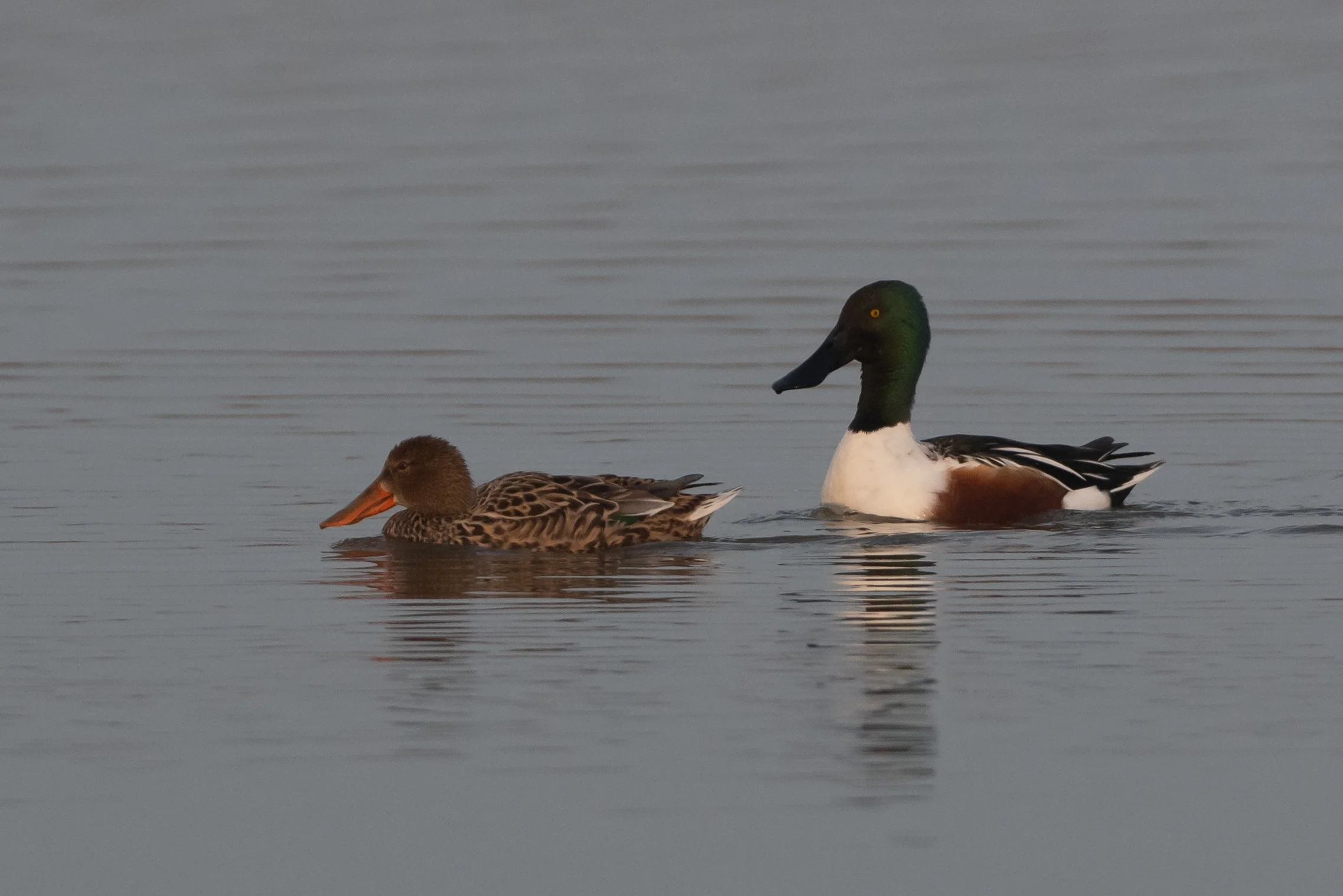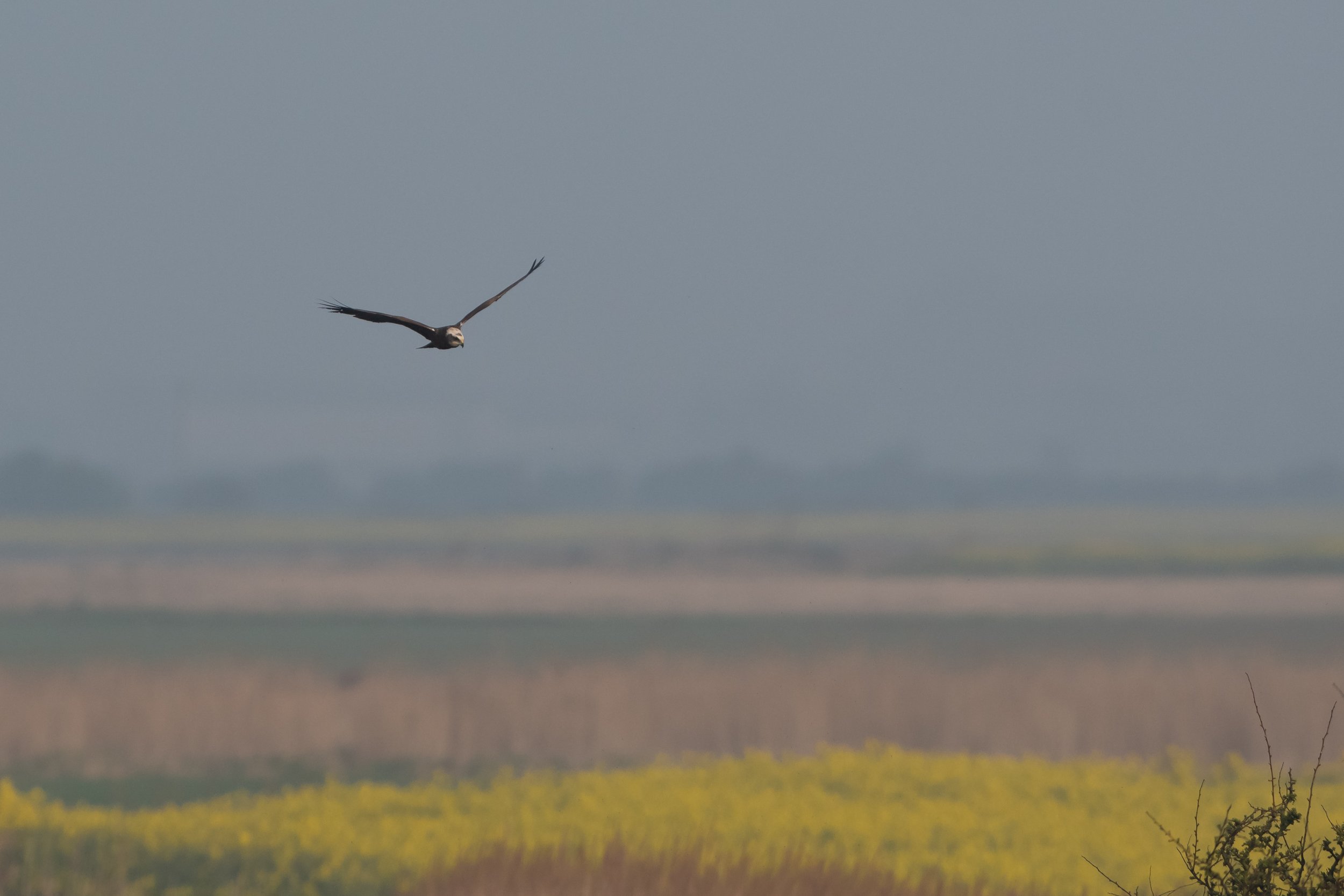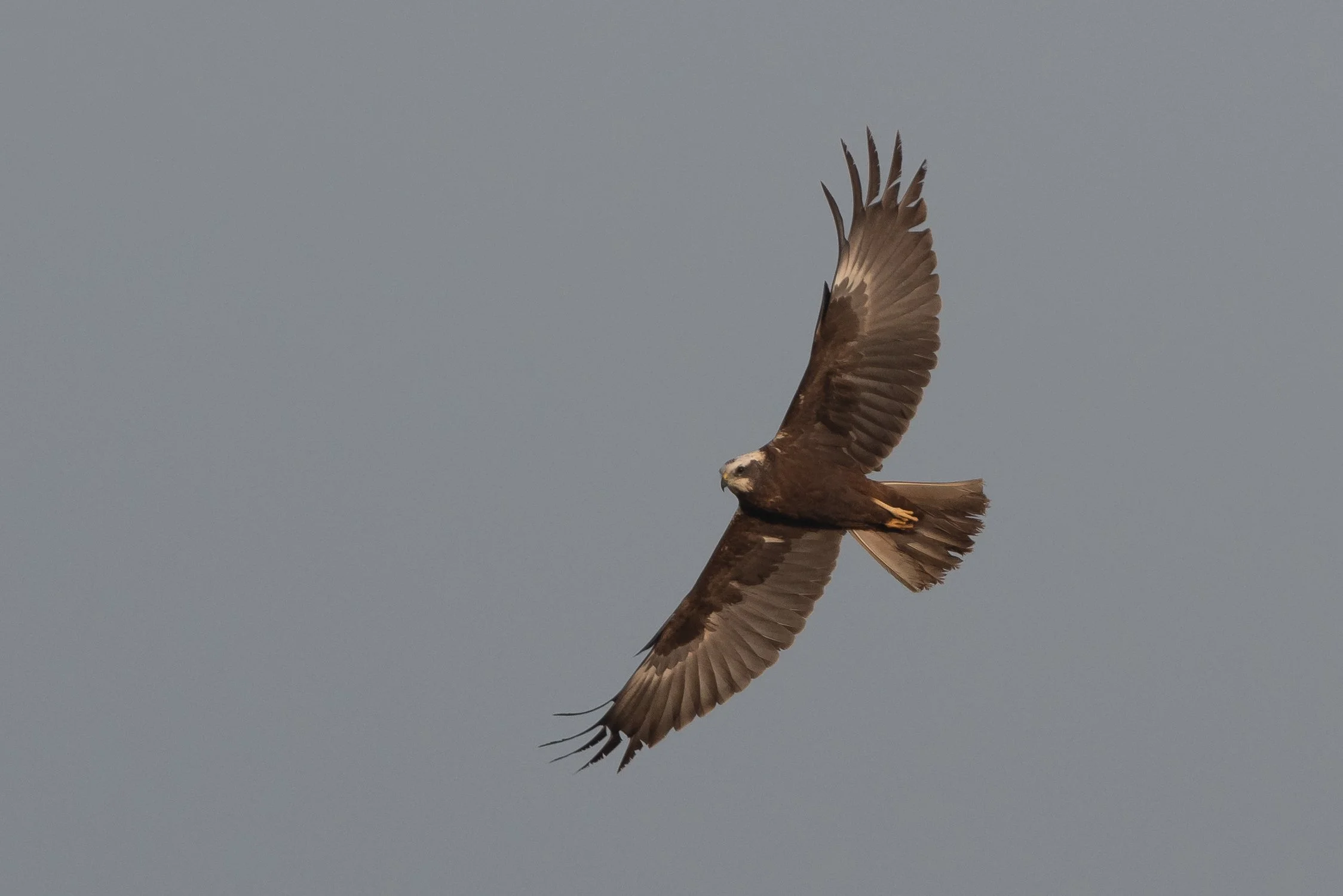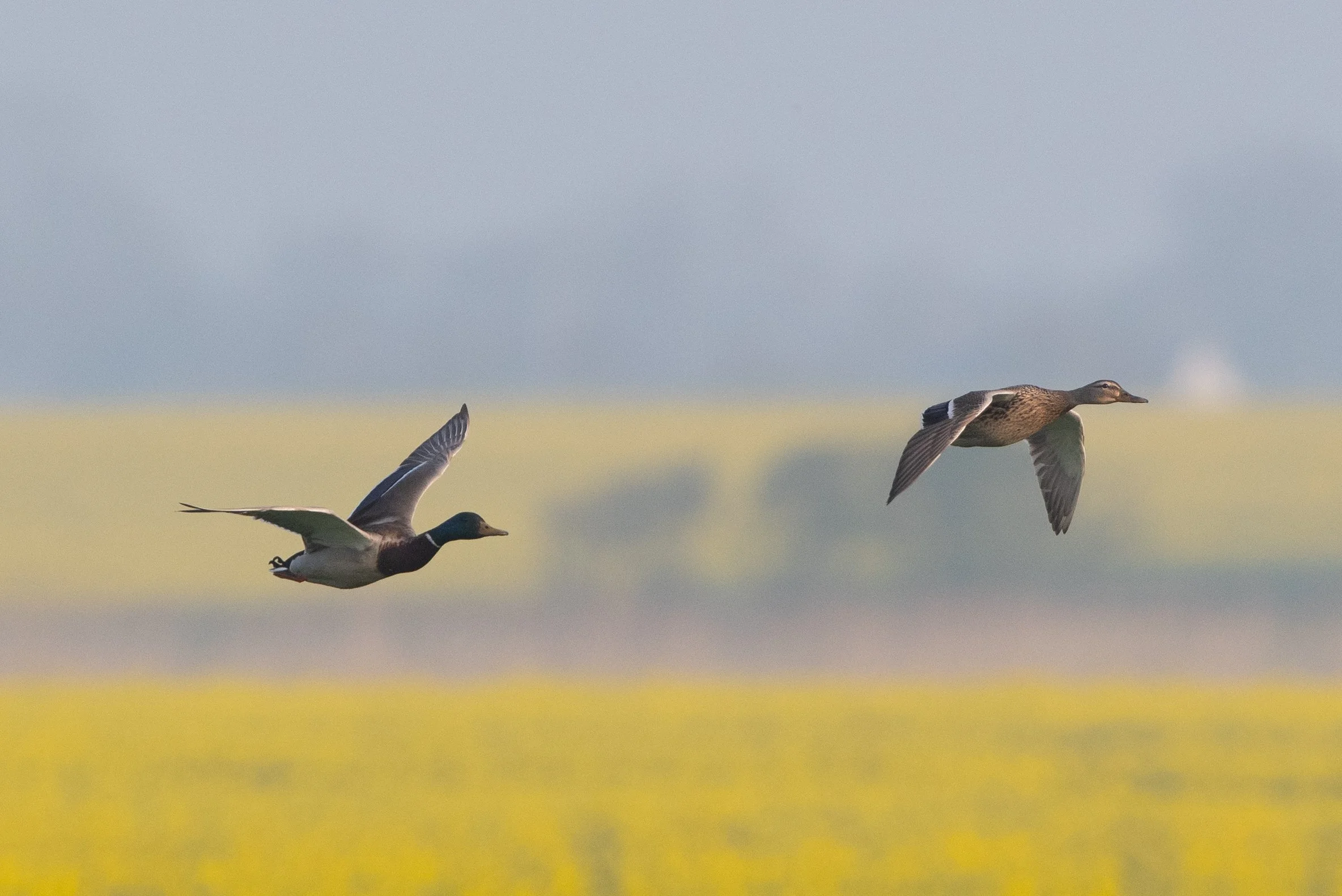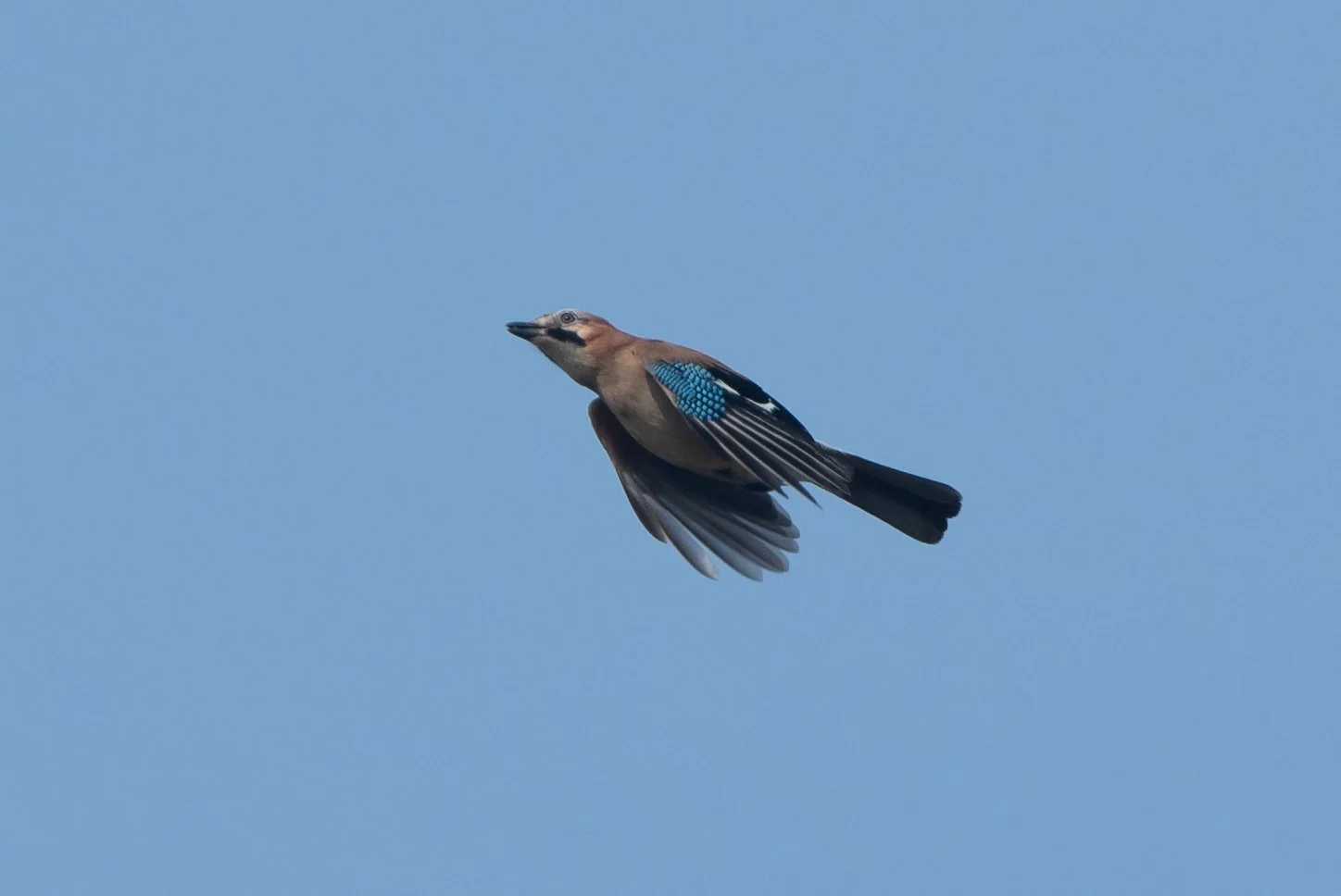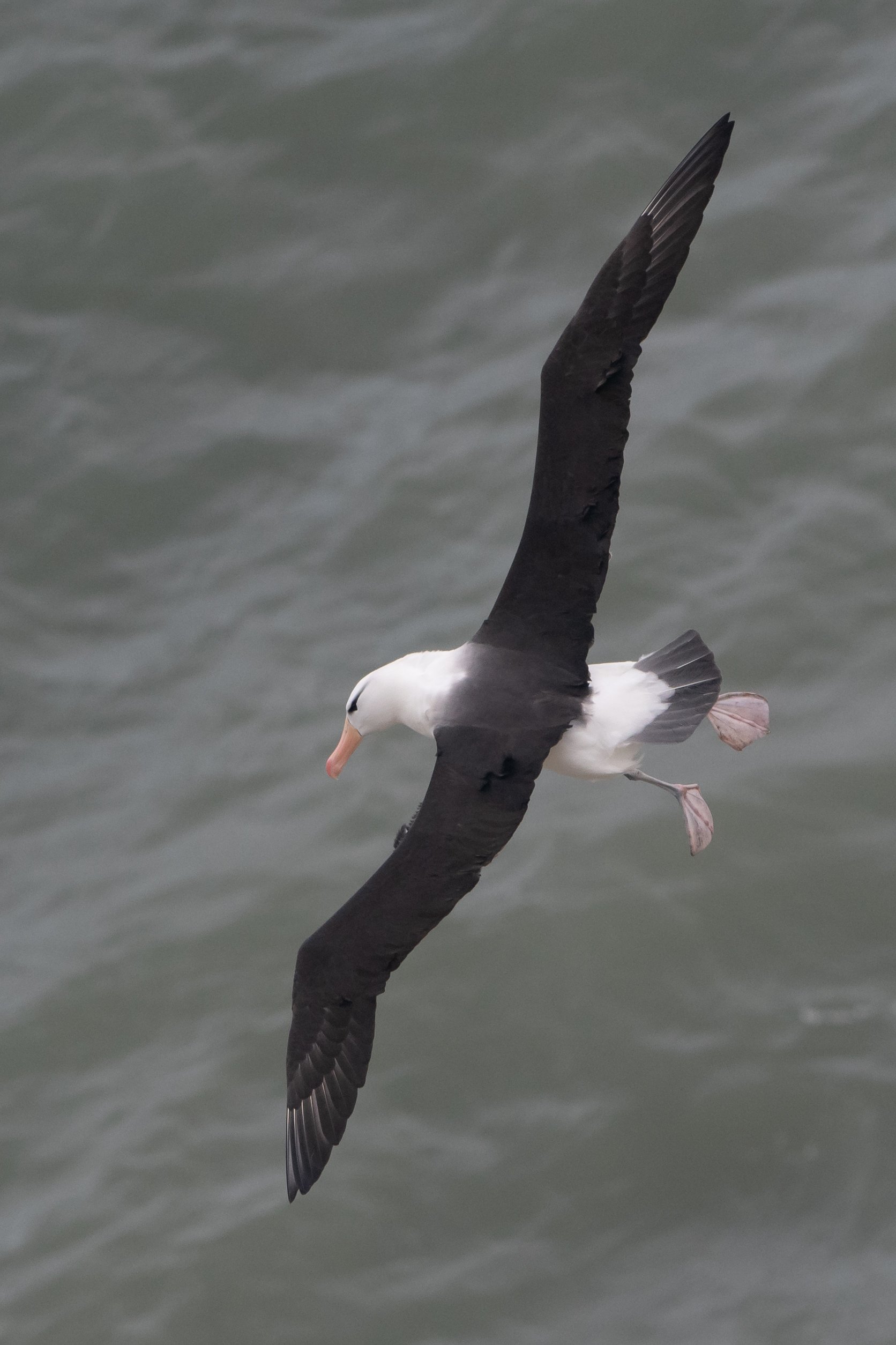Well I had another nice trip to Spurn at the weekend and it has to be said, it felt more like winyer than Spring and the fare on offer was much closer to winter species than the hoped for Spring migrants.
An hour in Sykes Field upon my arrival gave nice views of a Siberian Chiff-Chaff and a few other chiffs and a calling willow warbler. A sedge warbler belted out his continuous mimicry but there was precious little else. A nagging northerly but a real bite in the air and I had plans to photograph waders on the Humber at dusk-I ditched that idea because quite frankly it was too cold.
I was up early on Saturday morning and a very muted sunrise made for a rather disappointing photo opportunities. Undeterred I headed for Kilnsea Wetlands. A combination of low tide and the biting wind resulted in an almost birdless quarter of an hour. The highlight being a flyover whimbrel-my first of the year.I moved out of the hide and upon getting back to the car I noticed that there were some brent geese quite close to the hide on. long bank marsh. In the absence of anything else I thought I would take a look. There were a few birds around at least. Brent, pale bellied brent and a black brant was some interesting variation. A few stock dove flitted around as did some skylarks.
Nothing was coming out over the radio so I made my way to Sammy’s Point. I walked up to the third paddock in the hope that the previous day’s hoopoe might make an appearance but no joy. A few singing whitethroats and blackcap reminded me that it was supposed to be Spring. The cold wind and cloud was telling me different.
Eventually the sun broke through and I had an hour back at Sykes field photographing swallows. That was pretty much it for the day.
Sunday morning dawned clearer and brighter. The sunrise was again unspectacular but at least it was bright.
Nothing again on the wetlands so back to Long Bank Marsh. The brent geese were quite close to the hide and it was good for flight shots as the grounded flock were joined by more as they left the mud of the humber for the grass of Long Bank Marsh.
Curlew, lapwing and snipe were distant but looked good in the early morning light and they were joined by an equally distant whimbrel. 2 yellow wagtails flew overhead.
A quick tour round of Sammy’s Point, canal scrape and Sykes Field produced very little else, so back to the van for breakfast.
A flyby raven was only my second for Spurn, alas the camera wasn’t to hand.
The day ended with a walk up Beacon Lane and past Beacon Ponds a lesser whitethroat called from deep in the bushes and ringed plover were displaying in the sand dunes.
A couple of avocet were the highlight on a very rough Beacon Ponds.
Until next time, thanks for reading
Siberian Chiff-chaff
Siberian Chiff-chaff
Siberian Chiff-chaff
Chif-chaff
Redshank
Redshank
Black brant with brent geese
Black brant with brent geese
Black brant with brent geese
Brent geese
Brent geese
Brent goose
Brent goose
Brent goose
Skylark
Woodpigeon
Swallow
Gulls at dawn
Roe deer and brent geese
Lapwing
Shellduck
Snipe
Curlew
Curlew
Whimbrel
Whimbrel
Hare
Hare











